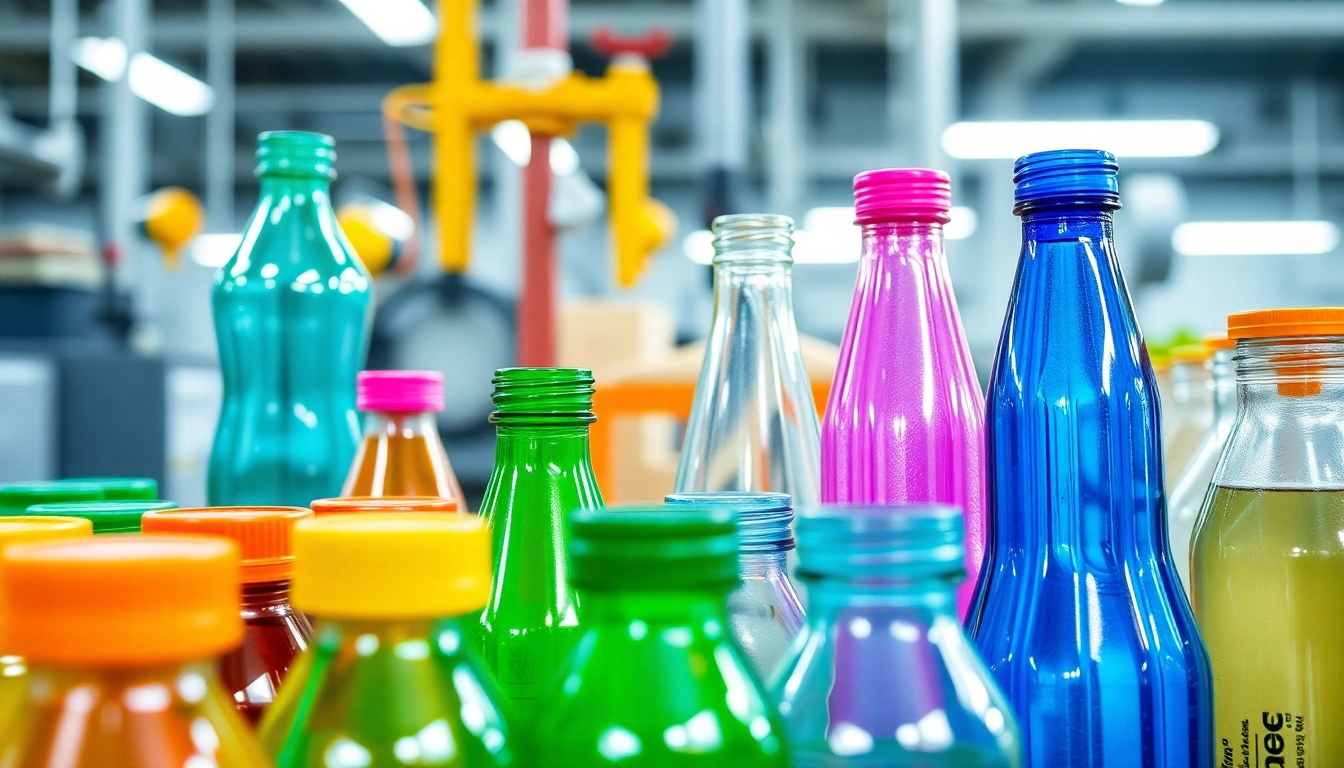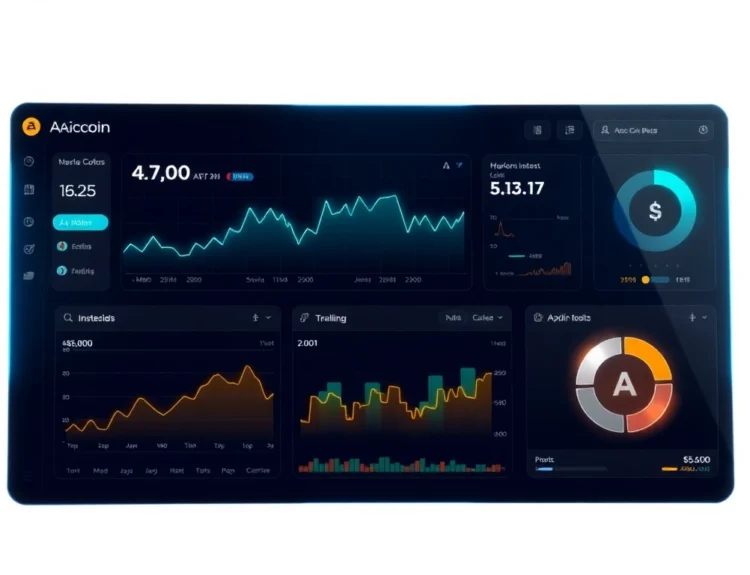Understanding the Market for Plastic Bottle and Packaging Trends
Current Consumer Demands and Sustainability Focus
The global shift towards environmental consciousness has profoundly impacted consumer preferences, especially regarding packaging. Today’s consumers are increasingly aware of the environmental implications of their purchases, seeking sustainable alternatives that minimize ecological footprints. As a response, industries are adapting by prioritizing eco-friendly packaging materials, including biodegradable plastics and reusable containers. In particular, the demand for plastik şişe with eco-compatible properties has risen exponentially. These products are now designed to be easily recyclable, lightweight, and durable, aligning with the broader sustainability goals of reducing plastic waste and promoting circular economies.
The emphasis on green packaging is also reflected in legislative changes worldwide, with restrictions on single-use plastics and incentives for recycled content usage. Consumer-driven initiatives, such as eco-labeling, further reinforce the need for companies to innovate in materials and design, ensuring their products meet both functional and environmental standards.
Latest Innovations in Plastic Bottle Designs
Innovation in plastic bottle design is a crucial driver of market competitiveness. Modern designs focus on enhancing functionality, safety, and branding impact. One prominent trend is the development of lightweight, high-strength plastics that reduce material usage without compromising durability. Technologies like blow molding have advanced, allowing for complex shapes and ergonomic features that improve user handling and convenience.
Customizable bottle shapes and sizes enable brands to differentiate themselves, create memorable visual identities, and meet diverse consumer needs. Additionally, integrated features such as tamper-evident caps, resealable closures, and spray nozzles increase practicality, especially in health, beauty, and food sectors.
Innovation isn’t limited to physical design; smart bottles equipped with QR codes or NFC technology facilitate interactive branding, traceability, and recycling instructions. For eco-conscious markets, companies are adopting biodegradable plastics or bottles made from recycled PET, underscoring their commitment to sustainability.
Competitive Landscape and Differentiation Opportunities
The competitive landscape of plastic packaging is highly dynamic, with numerous local and international players striving for market share. Key differentiation strategies include innovation in material science, enhanced design features, and sustainable practices. Leading companies leverage R&D to create versatile, eco-friendly plastic bottles with superior mechanical and barrier properties.
Brand positioning can also be strengthened through value-added services such as custom printing, branding solutions, and innovative closures. The rise of private labels provides additional avenues for differentiation, allowing brands to tailor packaging to niche markets or health-specific formulations.
Emerging players can tap into gaps in the market by offering niche solutions like lightweight bottles for fragile contents or multi-functional bottles with built-in dispensers. By focusing on sustainable materials and consumer-centric designs, companies can elevate their market position and foster brand loyalty.
Key Design Principles for Creating Attractive Plastic Bottle Packaging
Ergonomics and User-Friendly Features
Effective plastic bottle design hinges on ergonomic principles. Handles, finger grooves, and optimized shapes make bottles easier to grip, pour, and carry. For instance, bottles intended for outdoor activities or children feature sizes and shapes that reduce strain and enhance comfort. Additionally, resealable caps and spouts facilitate ease of use and minimize spills, elevating customer satisfaction.
Designing with the end-user in mind ensures intuitive handling, which boosts product appeal and repeat purchases. Ensuring compatibility with automatic filling lines and ease of capping also benefits manufacturers by streamlining production processes.
Visual Branding and Color Palette Considerations
Visual branding plays a pivotal role in consumer decision-making. Color choices, graphics, and transparency levels influence perception and brand recognition. Bright, vibrant colors often signify freshness or energy—ideal for beverages—while transparent bottles showcase product clarity and purity.
A cohesive color palette that aligns with brand identity enhances shelf appeal. Incorporating matte or glossy finishes can also add perceived value, making products stand out amidst competitors. Custom graphics, labels, and embossments further personalize bottles, reinforcing brand presence and appeal.
Material Choice and Eco-Friendly Options
Material selection impacts not only the aesthetics but also the sustainability and performance of plastic bottles. Polyethylene terephthalate (PET) remains the industry standard for its recyclability, transparency, and strength. However, growing concerns over plastic pollution have led to innovations such as biodegradable plastics, bio-based PET, and recycled content incorporation.
Choosing eco-friendly materials demonstrates corporate responsibility and appeals to environmentally conscious consumers. Additionally, using lighter plastics reduces transportation emissions and costs, complementing sustainability initiatives.
Printing Techniques and Customization for Plastic Bottles
Screen Printing, Flexography, and Digital Methods
High-quality printing on plastic bottles enhances visual impact and communicates key messages. Each technique offers unique advantages:
- Screen Printing: Suitable for bold graphics and limited color schemes, providing durability and vibrant visuals.
- Flexography: Ideal for large-volume production, capable of printing on various surfaces with high speed and quality.
- Digital Printing: Enables full-color, highly detailed images, ideal for small runs and personalized designs.
Choosing the appropriate technique depends on design complexity, volume, and budget considerations.
Incorporating Logos, Labels, and Informational Graphics
Effective branding on plastic bottles involves strategic placement of logos, product information, and regulatory labels. Clear, legible typography combined with contrasting colors ensures readability, even at small sizes. Incorporating eco-messages, recycling symbols, and QR codes can enhance consumer engagement and environmental responsibility.
Designers should consider the printing process constraints to avoid misalignments or peeling, ensuring the longevity of the graphics through proper surface preparation and suitable inks.
Design Tips for Ensuring Durability and Clarity
Durability of printed graphics depends on selecting compatible inks and robust printing techniques. Using UV-resistant, water-resistant inks prevents fading and chipping due to exposure to sunlight, moisture, or handling. Pre-treatment of the bottle surface enhances ink adhesion, reducing defects and product recalls.
For clarity, utilizing high-resolution graphics and appropriate color profiles ensures sharp images that maintain their impact over the product’s lifecycle. Incorporating protective coatings can further safeguard printed designs from wear and environmental factors.
Technical Aspects of Plastic Bottle Production and Printing
Material Compatibility and Printing Adhesion
Matching the right ink to the plastic substrate is crucial. PET, for example, requires specific inks with excellent adhesion properties. Surface treatment methods like corona or flame treatment modify the plastic surface, increasing its receptivity to inks and primers.
Neglecting compatibility can lead to peeling, smudging, or fading, which diminishes brand image and increases costs due to reprints or product waste.
Cost-Effective Production Strategies
Streamlining production involves selecting versatile printing equipment capable of high-speed output while maintaining quality. Integrating printing with other manufacturing processes, such as injection molding or blow molding, reduces handling and setup times.
Implementing automation and efficient workflow management minimizes waste and energy consumption, leading to substantial cost savings that can be passed onto consumers or reinvested into innovation.
Quality Control and Final Inspection Processes
Maintaining consistent quality requires rigorous inspection protocols, including visual checks for print alignment, adhesion, and surface defects. Using advanced inspection systems, such as machine vision technology, detects imperfections early, ensuring only products meeting strict standards reach the market.
Regular calibration of printing equipment and staff training further enhance reliability and uphold brand integrity.
Best Practices for Packaging Sustainability and Brand Image
Using Recycled and Biodegradable Materials
Adopting recycled PET (rPET) reduces reliance on virgin plastic, lowering environmental impact. Many leading brands now promote their use of recycled content as part of their eco-labeling strategies.
Biodegradable plastics derived from natural polymers, such as PLA (polylactic acid), offer compostable options, especially for packaging in sensitive environments. However, these materials require proper waste management infrastructure to realize their full environmental benefits.
Reducing Waste and Enhancing Reusability
Designing bottles with reusability in mind, such as incorporating durable materials and multi-use capabilities, extends the product lifecycle. Reusable bottles not only appeal to eco-conscious consumers but also foster brand loyalty through ongoing use.
Implementing refill stations and encouraging recycling programs further reduces waste, showcasing a brand’s commitment to sustainability.
Aligning Packaging Design with Eco-Branding Goals
Eco-friendly packaging should be an integral part of brand identity. Transparent communication of sustainability efforts, through labeling and storytelling, enhances consumer trust and differentiates the brand in a competitive landscape. Consistency in eco-criteria from raw materials to final packaging reinforces a company’s commitment to environmental responsibility.



